Since Disneyland’s Matterhorn opened in 1959, roller coasters have been divided into two main categories: steel roller coasters and wooden roller coasters. According to the Roller Coaster Database, there are over 4,000 roller coasters operating worldwide today. Of these, only 183 (or less than five percent) are classified as “wood” coasters. Over the years, the dividing line between the two has been blurred. But with all the latest technologies and innovations, maybe it’s time to redefine the different types of roller coaster.
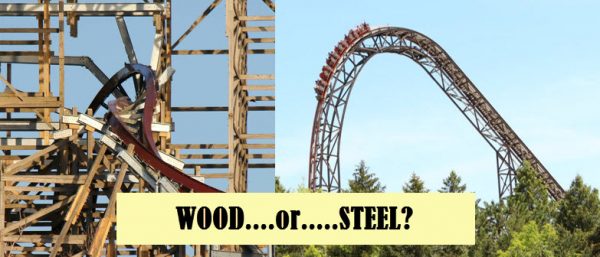
The Historical Roller Coaster Types
The traditional defining factor for roller coaster types used to be solely based on the material that the rails are constructed from and not what the supports are made of. Generally, steel roller coasters are defined as a roller coaster with track consisting of tubular steel rails while wooden coaster tracks are made from layers of laminated wood. Technically speaking, every wooden roller coaster is actually a “steel” coaster because all the wheels ride on bands of steel. This track steel sits on top of a stack of eight pieces of wood, “the stack” being what defines it as a true wooden coaster.
From The American Roller Coaster by Scott Rutherford:
“To begin, there are two basic types of roller coasters: the classic wood-track rides and those sporting track fashioned of steel….the track construction itself – not the supporting structure – defines the category into which a coaster is placed. If the track is made of laminated wood on which steel strap rails are mounted, it’s considered a wood coaster. If the track is made entirely of steel components, it’s a steel coaster.”
Should There Be a Hybrid Roller Coaster Type Class?
We can primarily thank the following companies for throwing a wrench into the coaster type discussion: Arrow Dynamics for wood supported steel coasters, Rocky Mountain Construction Topper Track and I-box track, Intamin Plug-and-play prefabricated wooden coasters, Gravity Group and Great Coasters International steel supported wood coasters. One train of thought is to simply add a third class of coasters: wood, steel, and hybrid. What would a hybrid be defined as? Any coaster that uses a mix of wood and steel? Lightning Rod would be in the same class as Gemini, Adventure Express, Wicked Cyclone, Voyage, Goliath, etc.
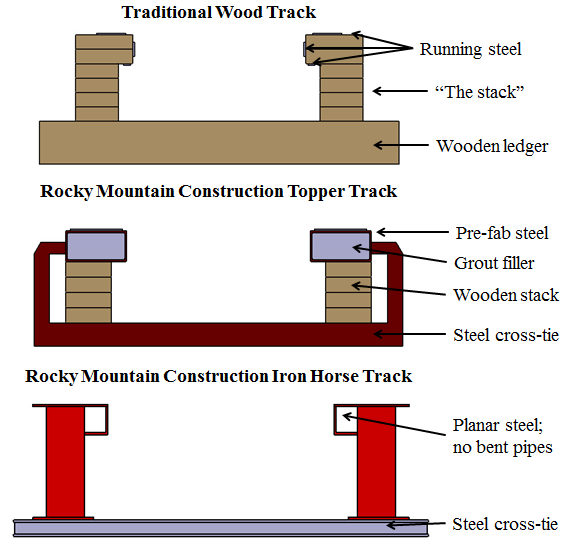
The problem I have with this approach is with the ride experience. What does the ride feel like? Steel hybrids still feel like steel coasters. Magnum and Gemini at Cedar Point feel similar despite one being support by wood and the other supported by steel. This is because they both run on tubular steel rails. If your friend asked you “What is the New Mean Streak going to feel like?” how would you respond? You’d tell him smooth like a steel coaster wouldn’t you? It’ll be completely different than the all wooden version. To me, it just doesn’t make sense to define Cornball Express (a wood tracked coaster) as the same type as New Mean Streak (a steel tracked coaster).
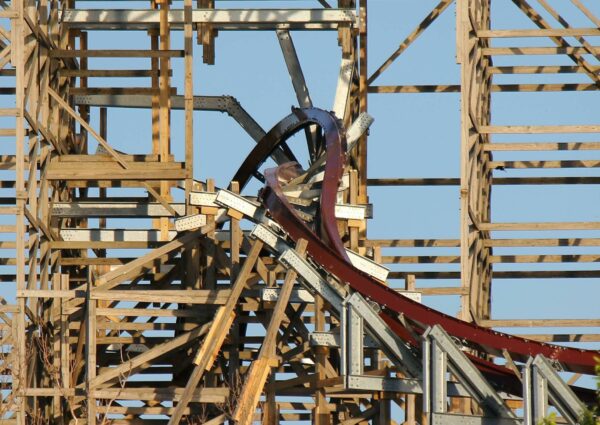
Roller Coaster Types for the Modern Era
In order to account for construction materials and ride experience, I propose replacing the two traditional roller coaster type categories with four:
Traditional Wood – wooden track, wooden supports
Examples: The Beast, El Toro, Original Mean Streak
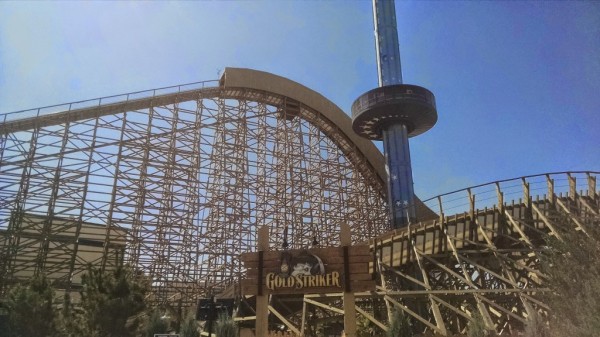
Gold Striker is a traditional Wooden coaster, with wooden supports and wooden track.
Wood Hybrid – wooden track, mixed supports
Examples: The Voyage, Invadr, Goliath (SFGAm)
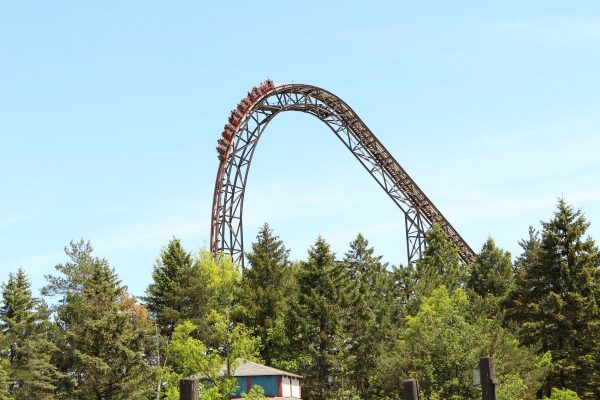
Steel Hybrid – steel track, mixed support
Examples: Gemini, New Texas Giant, New Mean Streak
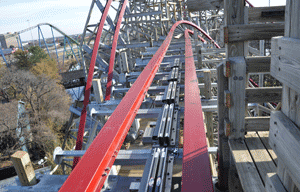
Pure Steel – steel track, steel supports
Examples: Diamondback, Magnum XL-200
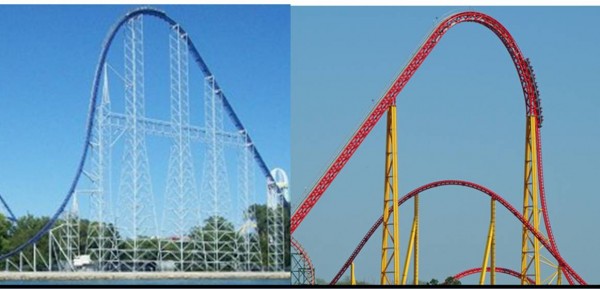
Even then, there could still be exceptions. For example, how would you classify Son of Beast? It began as 95% traditional wood coaster EXCEPT for the loop which was supported by steel. Would this make it a Wood Hybrid type then? So when the loop was removed, it changed classification to a Traditional Wood coaster? Nowadays it’s almost rare to see an all wooden roller coaster built.
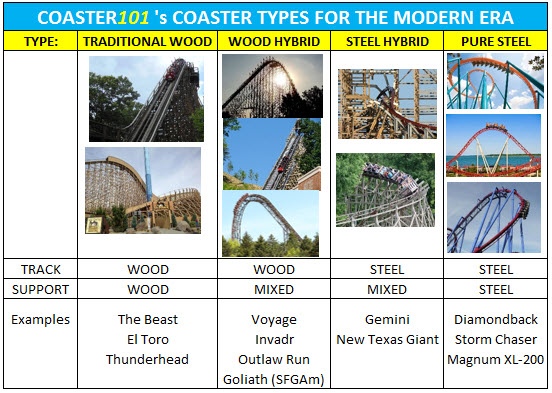
In the end, does it really matter what type you define a roller coaster as? No, as long as the ride is fun, that’s truly important. But us roller coaster enthusiasts like to give everything a name, so we might as well try to decide on a definition we can all agree on.
What are your thoughts?

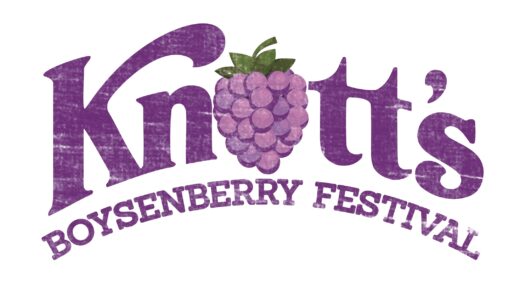
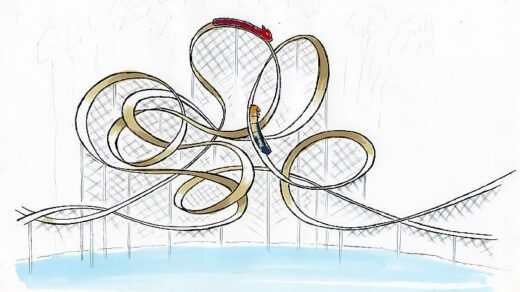
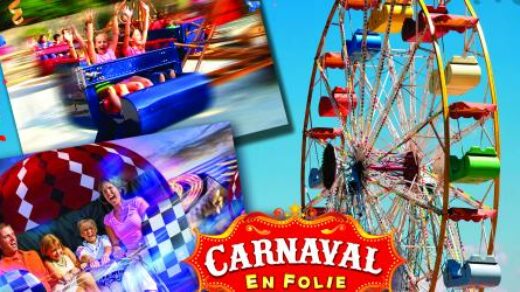



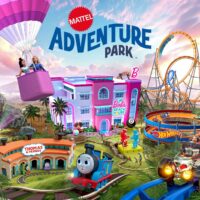





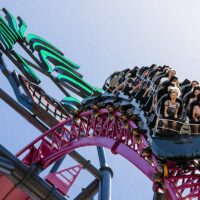
What holds the track up off the ground means nothing. You can build the supports out of marshmallows for all I care. A wood coaster has a wood track. A steel coaster has metal tube track. A Hybrid has metal track shaped like a wood coaster track. PERIOD.
I think that their should still only be two classifications.Anything in the steel hybrid becomes a steel coaster, and anything in the wood hybrid becomes a wooden coaster.
I think for the modern era we should go by two classifications: steel and poly. Forget all about track and structure and start looking at the wheels. Traditional wood coasters run on steel wheels, so what was wood would now be steel. What was steel would now be poly. Currently, the poly category consist of polymer (nylon) and polyurethane (to my knowledge) and would allow for technological advances. It would lump all RMC track types into poly, with the exception of Outlaw Run, which I believe is the only RMC currently running on steel wheels. The only foreseeable problem would be the recent inclusion of suspension systems in the trains. If parks start retrofitting traditional wood coasters with trains with cushy suspension systems that use steel wheels we may be right back to square one. In any case, I don’t think hybrid should be used to classify a coaster. It’s about as important as color! After all, one of the United States most beloved wood coasters, the Coney Island Cyclone, is technically a hybrid.
Interesting, outside-the-box suggestion Tim!
I think stone should count as a coaster type, the montaña suiza at monte igueldo park in spain being the only example.